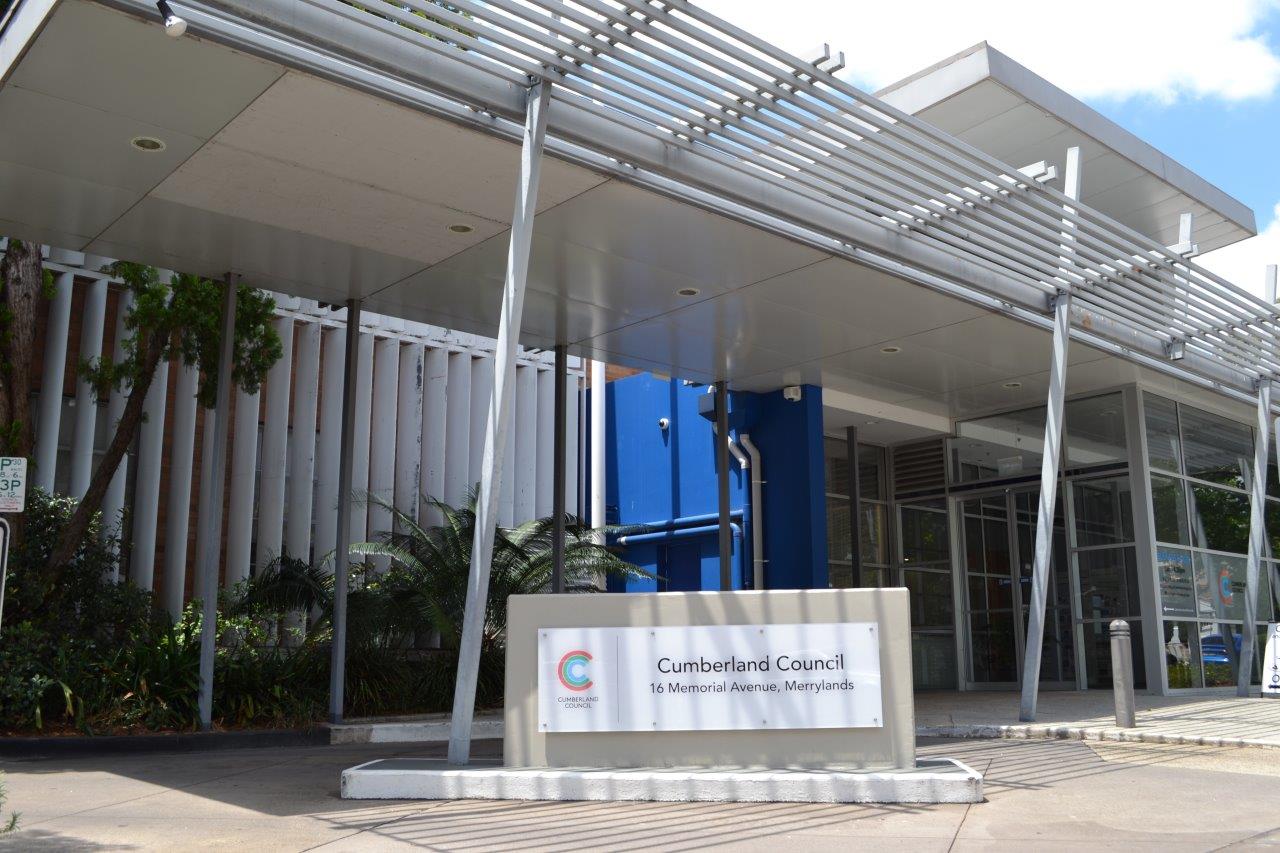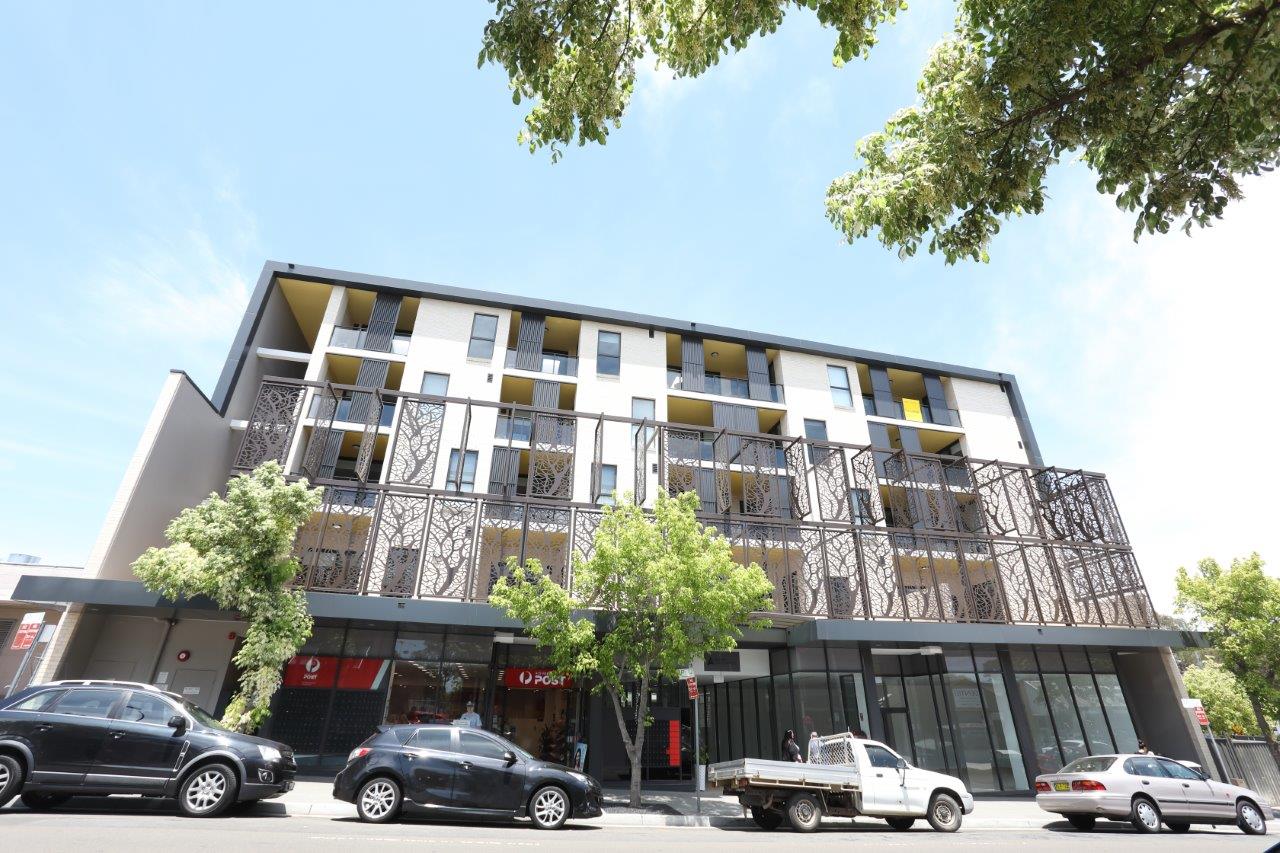State Environmental Planning Policy (Exempt and Complying Development Codes) 2008
(1) Development under this code must not be carried out on any part of a flood control lot, (see Map 1 Flood Controls Lots) other than a part of the lot that the council or a professional engineer who specialises in hydraulic engineering has certified, for the purposes of the issue of the relevant complying development certificate, as not being any of the following—
(a) a flood storage area, (see Map 2 Flood Hydraulic Categories)
(b) a floodway area, (see Map 2 Flood Hydraulic Categories)
(c) a flow path, (Map 5 Flowpaths)
(d) a high hazard area, (see Map 3 Flood Hazard Categories)
(e) a high risk area. (see Map 4 Flood Risk Precincts)
Also refer to Council’s Development Control Plan for flood conditions that apply to your proposal)
(2) If complying development under this code is carried out on any part of a flood control lot, the following development standards also apply in addition to any other development standards—
(a) if there is a minimum floor level adopted in a development control plan by the relevant council for the lot, the development must not cause any habitable room in the dwelling house to have a floor level lower than that floor level,
(b) any part of the dwelling house or any attached development or detached development that is erected at or below the flood planning level is constructed of flood compatible material,
(c) any part of the dwelling house and any attached development or detached development that is erected is able to withstand the forces exerted during a flood by water, debris and buoyancy up to the flood planning level (or if an on-site refuge is provided on the lot, the probable maximum flood level),
(d) the development must not result in increased flooding elsewhere in the floodplain,
(e) the lot must have pedestrian and vehicular access to a readily accessible refuge at a level equal to or higher than the lowest habitable floor level of the dwelling house,
(f) vehicular access to the dwelling house will not be inundated by water to a level of more than 0.3m during a 1:100 ARI (average recurrent interval) flood event,
(g) the lot must not have any open car parking spaces or carports lower than the level of a 1:20 ARI (average recurrent interval) flood event.
(3) The requirements under subclause (2)(c) and (d) are satisfied if a joint report by a professional engineer specialising in hydraulic engineering and a professional engineer specialising in civil engineering states that the requirements are satisfied.
(4) A word or expression used in this clause has the same meaning as it has in the Floodplain Development Manual, unless it is otherwise defined in this Policy.
(5) In this clause—
flood compatible material means building materials and surface finishes capable of withstanding prolonged immersion in water.
flood planning level means—
(a) the flood planning level adopted by a local environmental plan applying to the lot, or
(b) if a flood planning level is not adopted by a local environmental plan applying to the lot, the flood planning level adopted in a development control plan by the relevant council for the lot.
Floodplain Development Manual means the Floodplain Development Manual (ISBN 0 7347 5476 0) published by the NSW Government in April 2005.
flow path means a flow path identified in the council’s flood study or floodplain risk management study carried out in accordance with the Floodplain Development Manual.
high hazard area means a high hazard area identified in the council’s flood study or floodplain risk management study carried out in accordance with the Floodplain Development Manual.
high risk area means a high risk area identified in the council’s flood study or floodplain risk management study carried out in accordance with the Floodplain Development Manual.
If development is proposed on a flood control lot (see Map 1 Flood Controls Lots) is coloured:
- Dark blue – Mainstream Flooding or
- Yellow – Overland Flooding or
- Magenta – Dam failure or
- Pink – overland flood study to be undertaken as part of development.
The lot is not an exempt and complying development and, under SEPP (Exempt and Complying Development Codes) 2008, Clause 3.5(1), a private certifier may not be able to issue a Complying Development Certificate upon this parcel of land. (See Map 6 CDC Exclusive Zone)
Hatched areas (see Map 8 Catchments and 1%AEP Depths) indicate zones where overland flood studies have not been undertaken.
Map 7 Unsafe 1% Flood areas indicate area where cars, pedestrians and light structures are unsafe during the 1% flood.
Stormwater and Flooding
- Flood Risk Management Policy (PDF, 1MB)
- Request for Flood Advice Letter (PDF, 139KB)
- Application for Public Stormwater Drainage Diagram Catchment Map (PDF, 154KB)
Terms of Restriction and Positive Covenants (under Section 88 of conveyancing Act 1919)
Note: The below standard wordings are equally applicable to the Cumberland Local Government Area, which includes former Holroyd, Auburn and parts of Parramatta Local Government Area.
- OSD Restriction as to User (PDF. 136KB)
- Stormwater and On-Site Detention Drawing Submission Checklist
- S88Terms (OSD-On-Site Detention includes Pumpout system) Terms of Restriction and Positive covenants Cumberland (PDF, 130KB)
- S88Terms (SQID-Stormwater Quality Improvement Devices) Terms of Restriction and Positive covenants Cumberland (PDF, 149KB)
- S88 Terms (CFS- Compensatory Flood Storage) Terms of Restriction and Positive covenants Cumberland (PDF, 123KB)
- S88Terms (OFP - Overland flow path) Terms of Restriction and Positive covenants Cumberland (PDF, 123KB)





